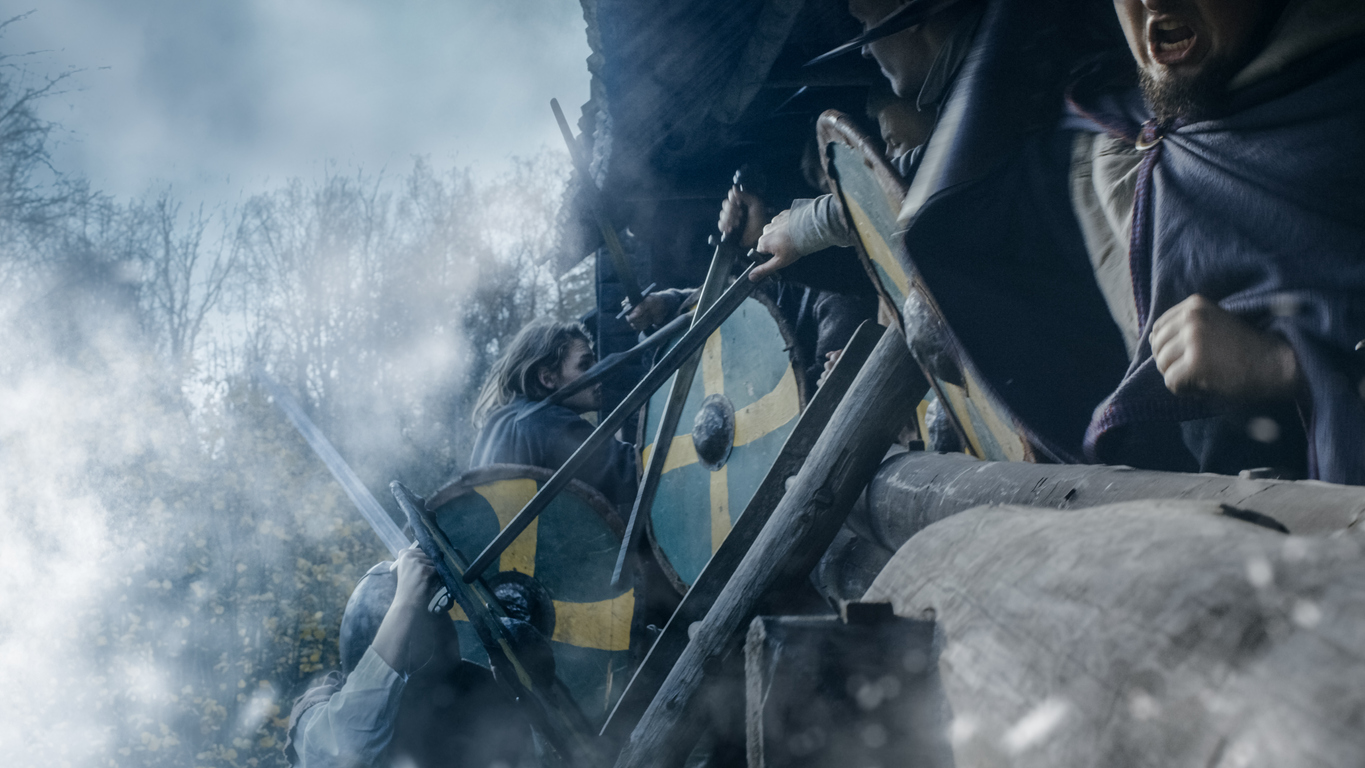On this day in 910, the last of the Viking army to raid England was defeated at the Battle of Tettenhall. In early August AD910, a Viking force under King Olaf the White, led by a large flotilla of ships, attacked Nottinghamshire and raided Northampton. But on 5 August, their army was routed by a small Anglo-Saxon force led by Alfred the Great at Tettenhall, west of Burton-on-Trent.
The Vikings had been landing in England for approximately a decade. The Vikings had already destroyed or taken many settlements on the east coast. Olaf the White, the son of King Harald Hardrada of Norway, who was killed in battle at Stamford Bridge in 1066, led them. In 911, the Vikings sailed up the Humber estuary to York and established naval bases at Riccall, Grimsby, and Kingston upon Hull.
Facts about the Battle of Tettenhall 910
- The battle of Tettenhall was recorded as the first significant victory of King Alfred against the Vikings. It was a battle that would lead the Scandinavian England settlers to accept Alfred as King.
- The Vikings occupied most of East Anglia, Mercia, and Northumbria by 909 AD before moving onto Nottinghamshire, Lincolnshire, and Staffordshire in summer 910. They ransacked many towns such as Derby, Nottingham, and Stamford.
- Alfred the Great led an army against the Vikings in early August AD910 at Tettenhall, west of Burton-on-Trent. A small Anglo-Saxon force led by Alfred the Great defeated a powerful Viking army led by King Olaf the White. The invaders were driven back to their fortified camp at Chester, but two days later, this was stormed and burnt.
- The English victory caused many Scandinavian settlers to accept Alfred as their King rather than Olaf II.
- The result of the battle left a small number of Vikings in England that had fled the brawl, whom several former military commanders led.
- When Alfred returned to London, he was met with a large procession of Norsemen that had fled the carnage at Tettenhall. The Norsemen met him in London, where they were given sanctuary. From then on, most Norse settlements on the upper Thames developed into towns such as Kingston upon Hull and Grimsby.

